Optimal Timing for Foundation Repairs
Foundation repairs are most effective when performed during specific times of the year that allow for optimal conditions. The ideal periods typically include late spring through early fall, when soil moisture levels are balanced and weather conditions are stable. During these times, the ground is neither overly saturated nor excessively dry, reducing the risk of further shifting or damage during the repair process.
Spring offers moderate soil moisture, making it suitable for foundation repairs. Repair work can be completed before the peak heat of summer, minimizing the risk of soil movement.
Early fall provides cooler temperatures and stable soil conditions, ideal for foundation work. It allows sufficient time for repairs before winter.
Winter is generally unsuitable due to freezing temperatures and frozen ground, which can hinder repair efforts and lead to additional damage.
Summer can be suitable if moisture levels are maintained, but extreme heat and dry conditions may pose challenges for foundation repair projects.

Ways to make Foundation Repairs work in tight or awkward layouts.
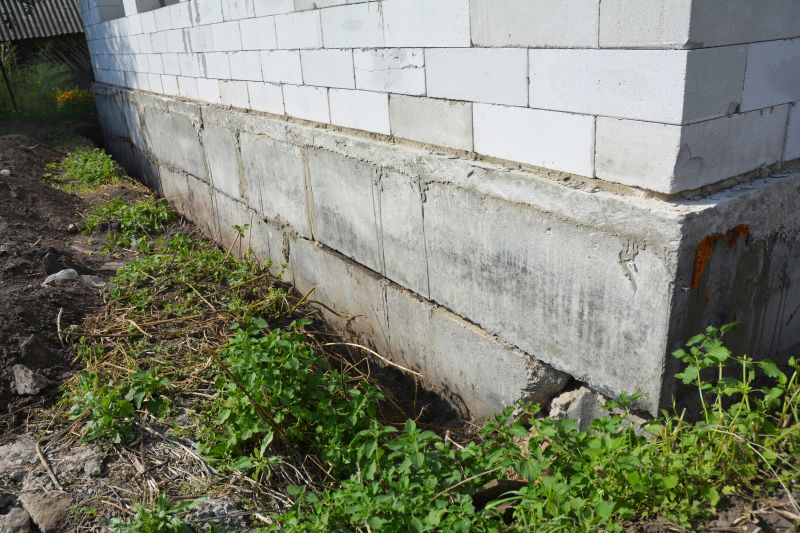
Popular materials for Foundation Repairs and why they hold up over time.
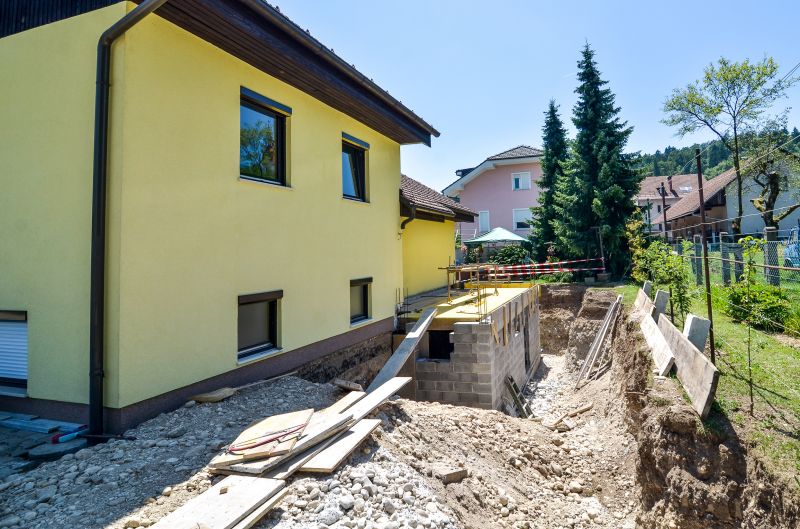
Simple add-ons that improve Foundation Repairs without blowing the budget.
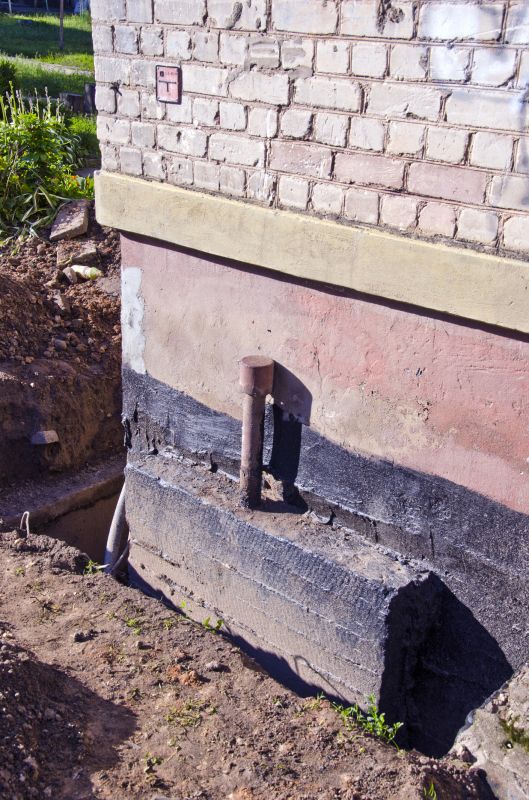
High-end options that actually feel worth it for Foundation Repairs.
| Season | Ideal Conditions |
|---|---|
| Spring | Moderate soil moisture, stable weather |
| Early Fall | Cool temperatures, stable soil |
| Summer | Possible with maintained moisture, watch for heat |
| Winter | Frozen ground, unsuitable for repairs |
Foundation repairs are critical for maintaining structural integrity and preventing further damage. The timing of repairs can influence the success and longevity of the work. Soil conditions, weather patterns, and ground moisture levels all play significant roles in determining the most appropriate time to undertake foundation work. Proper timing ensures that repairs are effective and reduces the likelihood of additional issues caused by environmental factors.
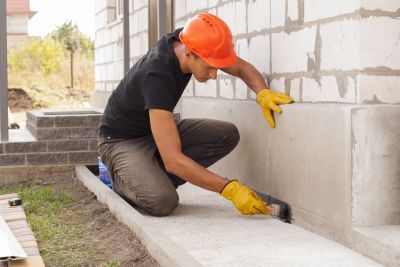
Finishes and colors that play nicely with Foundation Repairs.
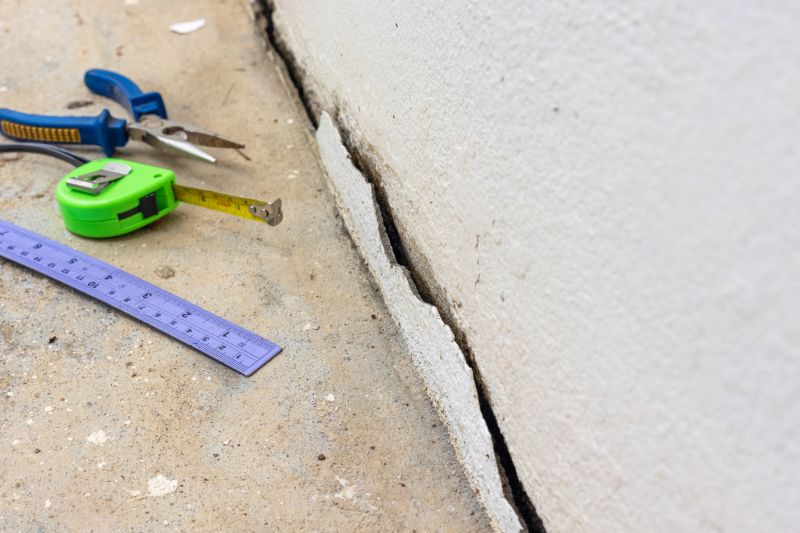
Little measurements that prevent headaches on Foundation Repairs day.
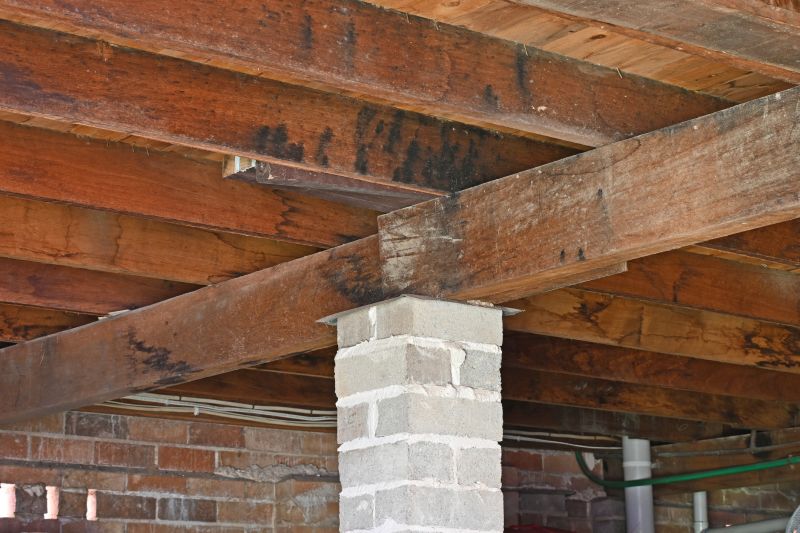
A 60-second routine that keeps Foundation Repairs looking new.

A frequent mistake in Foundation Repairs and how to dodge it.
Cracks in walls, uneven floors, and sticking doors can indicate foundation problems requiring timely repairs.
Common methods include underpinning, piering, and crack injection to restore stability.
Addressing issues early can prevent more extensive and costly damage over time.
Ensure proper drainage and soil conditions before scheduling foundation work.
Understanding the optimal timing for foundation repairs can significantly impact the effectiveness and durability of the work. Consulting with foundation specialists can help determine the best season based on current ground conditions and weather patterns. Properly timed repairs contribute to long-term stability and help prevent future issues.
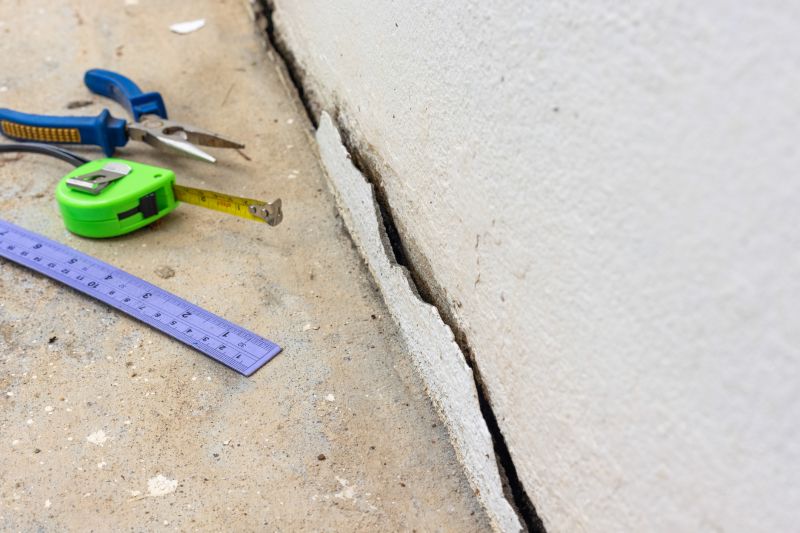
Small tweaks to make Foundation Repairs safer and easier to use.
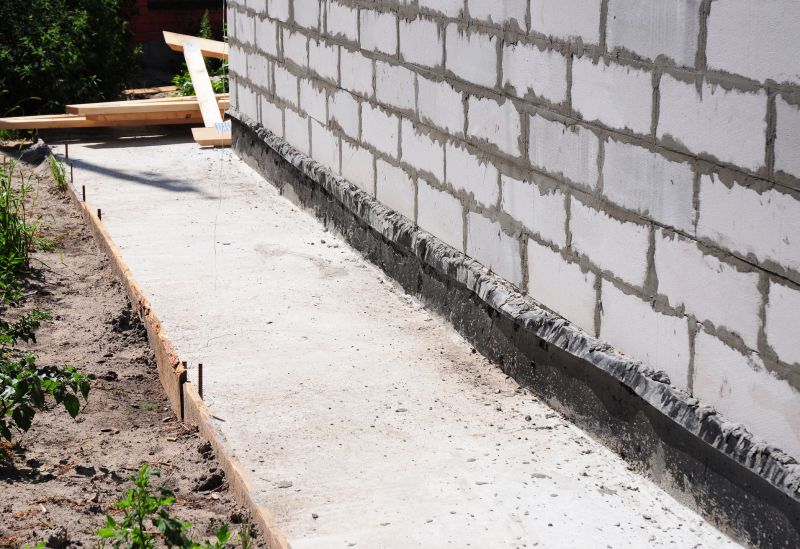
Lower-waste or water-saving choices for Foundation Repairs.
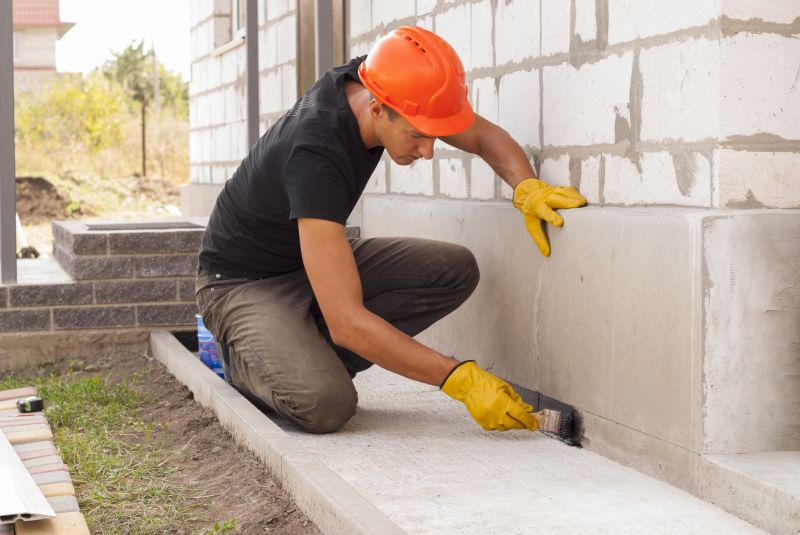
The short, realistic tool list for quality Foundation Repairs.
Interested in foundation repairs? Filling out a contact form can provide access to expert evaluations and tailored solutions. Early consultation helps plan repairs at the most suitable time, ensuring the longevity of the structure and peace of mind for property owners in Powell, Ohio.

